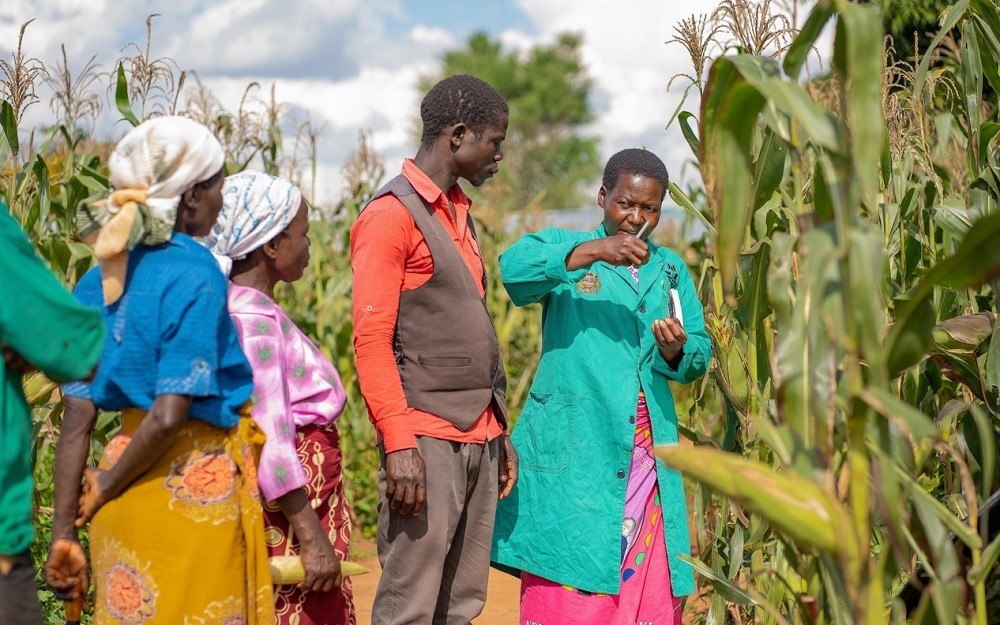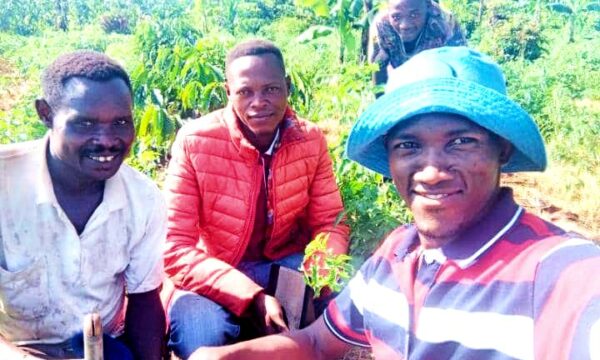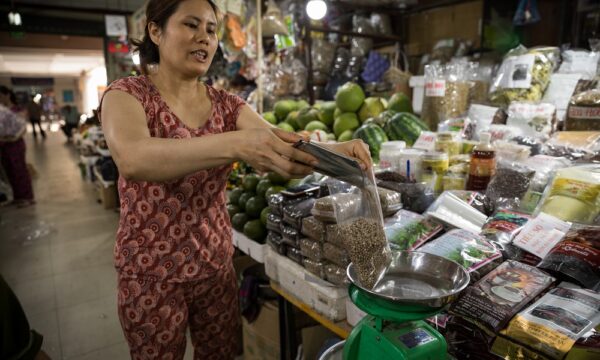
By: Dannie Romney, Global Director, Development Communication and Extension, CABI
Agricultural extension and advisory services – services that offer technical advice to farmers – play an important role in delivering the knowledge and tools that farmers need to increase their crop yields, improve their food security and livelihoods, and build resilience against the difficulties they face due to climate change. This is particularly true for small-scale farmers.
Governments all over the world offer extension services to help smallholders, but lack of funds mean that reach is limited. Increasingly, the private sector delivers these kinds of services complementing government efforts in many countries. An example of this is the Nestlé Rural Development Framework that guides Nestlé’s work with farmers and responsible sourcing.
However, agribusiness-based advisory services take lots of different approaches and are built around lots of different models, none of which have been widely documented. CABI worked with the Royal Tropical Institute (KIT), building on their earlier work to develop a typology – or classification – of agribusiness-based advisory services. As a result, a working paper on the subject entitled Towards a Typology for Agribusiness-based Advisory Services: Model Description and Analysis was published.
We take a look at the six implementation models defined in the KIT/CABI working paper, including what they are, their main strengths and some of their weaknesses.
1. Advisory services by agribusiness’ own staff
The first model is one in which the agribusiness sets up its own advisory service. In this model, extension work is done mostly by staff that are regular employees of the agribusiness. The main strength of this model is the close integration of the extension work within the company’s main business; it allows for relatively easy planning and management of the extension work. However, a major concern that makes companies look for alternative models is the challenge of reaching larger numbers of farmers and the related costs.
2. Working through lead farmers (farmer extensionists)
This agribusiness model relies on a relatively small team of – often more senior – agronomists and a network of carefully selected farmers or local resource people to act as the main regular source of knowledge for farmers in their area. For many agribusinesses, the possibility to reach out to a larger group of farmers at manageable costs is the main driver for using this model. However, the lower quality of the services provided by the farmer extensionists, both in terms of technical content and the training and advisory process, can be seen as a downside of this model.
3. Working through agrovets
For agribusinesses selling farm inputs, the suppliers, also known as agrovets, are crucial actors. Farmers often cite them as a source of advice, although this varies from country to country. A major advantage of this model for agribusinesses, compared to relying on their own advisory services, is the lower level of costs per farmer reached. Its main disadvantage is the challenge of achieving adequate quality of technical advice given by the agrovet staff.

4. One-stop-shop networks
One-stop-shops are places where farmers can obtain inputs from a larger range of suppliers as well as receive technical training and advice, access services such as credit and mechanization support, and benefit from help with marketing. A major strength of this model lies in the attractiveness for farmers to access company products as well as services, including extension, by having all their needs met at one location. The main challenge of this model is the complexity of offering a well-functioning and diverse range of services.
5. Commercial farm-based advisory services
In this more recently created model, advisory services and farmer training are organized by the agribusiness around and through a well-functioning and advanced commercial farm. The strength of this model lies in its potential for longer-term sustainability since costs of advisory services are covered from the revenues of a well-functioning farm or from direct payments by farmers benefitting from the services. However, its use is probably limited to those agribusinesses involved in and promoting more technically complex and advanced production systems.
6. Sub-contracting advisory services
In quite a few cases agribusinesses do not set up their own agricultural advisory service but subcontract other specialized organizations to do this for them. The main advantage of this model is that it allows the agribusiness to concentrate on the activities in which it specializes. The disadvantages of this model lie in the less direct and thus more limited influence that the agribusiness has on implementation of advisory services, including the farmers it reaches, and the quality of the extension.
Looking to the future
We might ask ourselves, why is this type of classification helpful? As agribusinesses develop more and more services, a well-developed description of the different models allows agribusiness and support organizations, including donors, to make choices about the set-up of and investment in advisory services.
A common debate argues that as public sector government support declines in the developing world, sustainable private sector models will become increasingly important. However, there are many questions that still need to be explored around agribusiness-based advisory services: What are the required levels of education for different roles? Do they represent employment opportunities for women and youths and, if so, in which context? The working paper is a valuable study on this important area of agricultural extension, and we hope it helps to stimulate further research on this topic.
To read the working paper in full, see Towards a Typology for Agribusiness-based Advisory Services: Model Description and Analysis
To learn more about CABI’s expertise and work in development communication and extension, click here.
1 Comment
Leave a Reply
Related News & Blogs
On Earth Day, we take a look at climate change and agriculture
Climate change poses a threat to the livelihoods of smallholder farmers, exacerbating existing risks like extreme weather and the migration of crop pests and diseases that threaten food security. Already, the climate crisis is accelerating biodiversity…
22 April 2024





Excellent read..many thanks for this informative blog. I shall read the paper with interest.